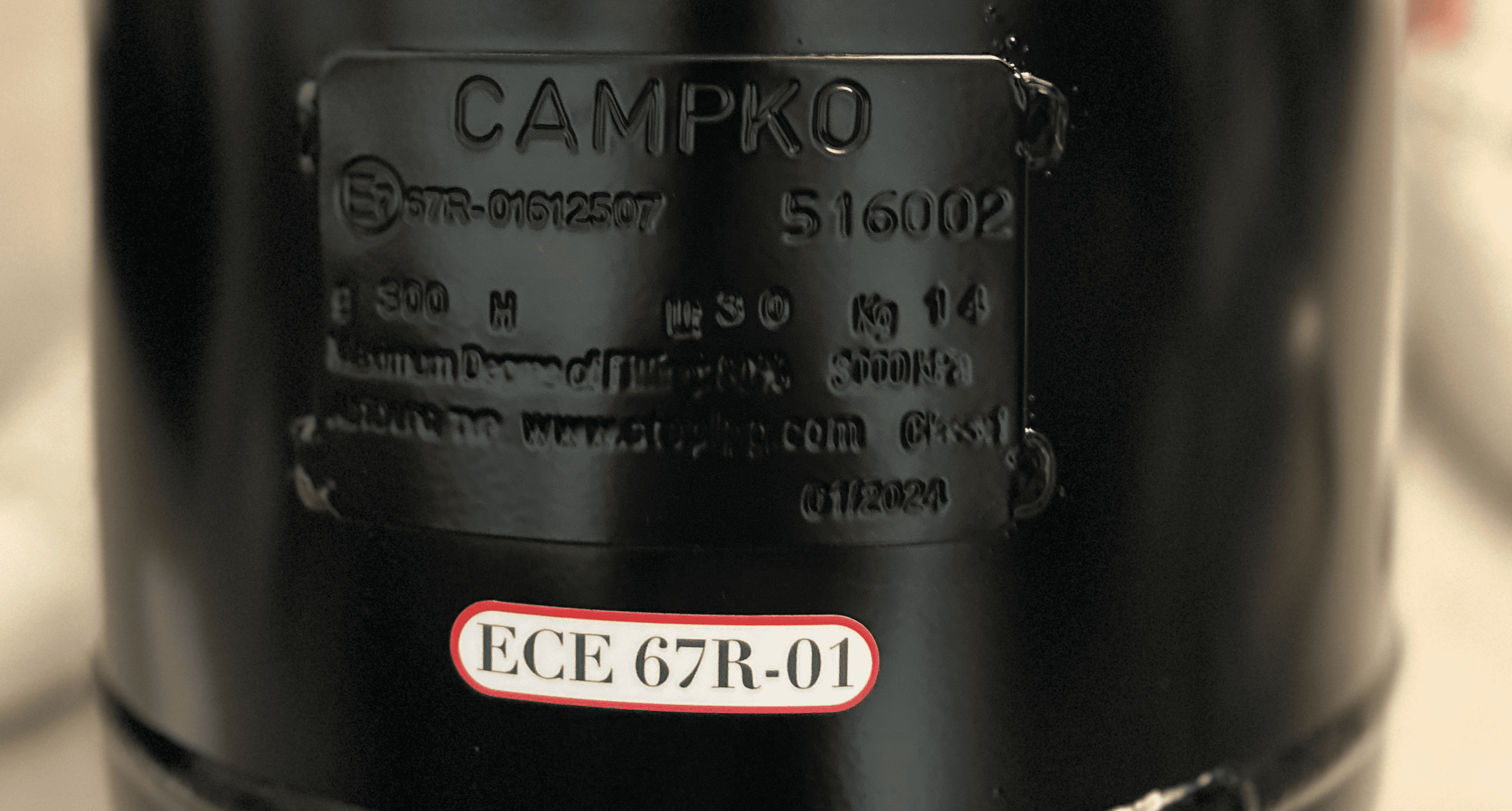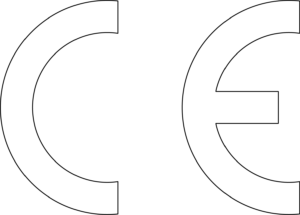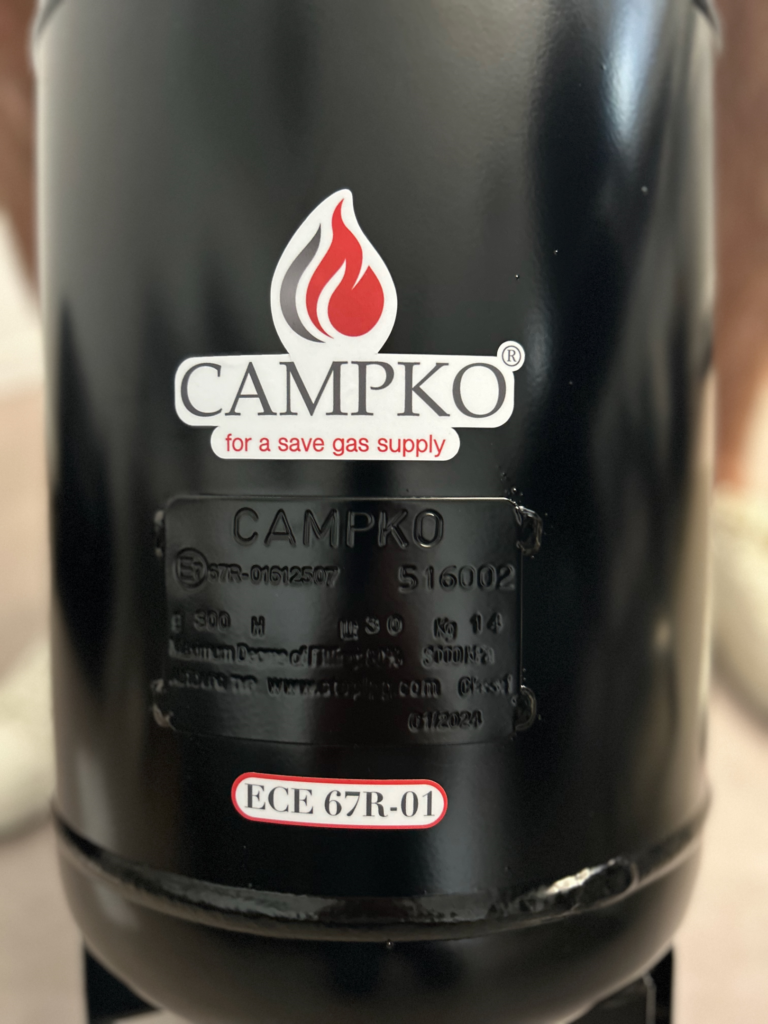The term gas tank cylinder colloquially refers to a pressurised gas container that is equipped with an 80% fill-stop valve . The fill-stop valve closes automatically as soon as the gas tank cylinder has been filled to 80% with LPG (propane/butane).
Table of contents
Gas tank cylinders differencesGas tank cylinders TÜV approval
Gas tank cylinders new regulation
Gas tank cylinders – regulations in other European countries
Gas tank cylinders differences
Gas tank cylinders can initially be divided into two different categories.
On the one hand, there are gas cylinders that are CE/PI certified and equipped with either an 80% multi-valve or an OPD valve. Both valves switch off the refuelling process automatically when the tank is 80% full. In the case of the multi-valve, the filling and withdrawal nozzles are separate, whereas with the OPD valve, filling and withdrawal take place through the same opening. These gas cylinders have the same certification as conventional exchange cylinders, which can be exchanged in DIY stores, for example. Gas tank cylinders with CE/PI labelling are approved as portable pressurised gas cylinders and are not permanently installed in the motorhome.
Multivalve
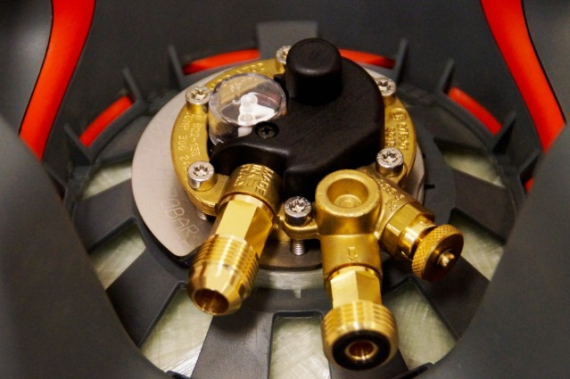
OPD valve
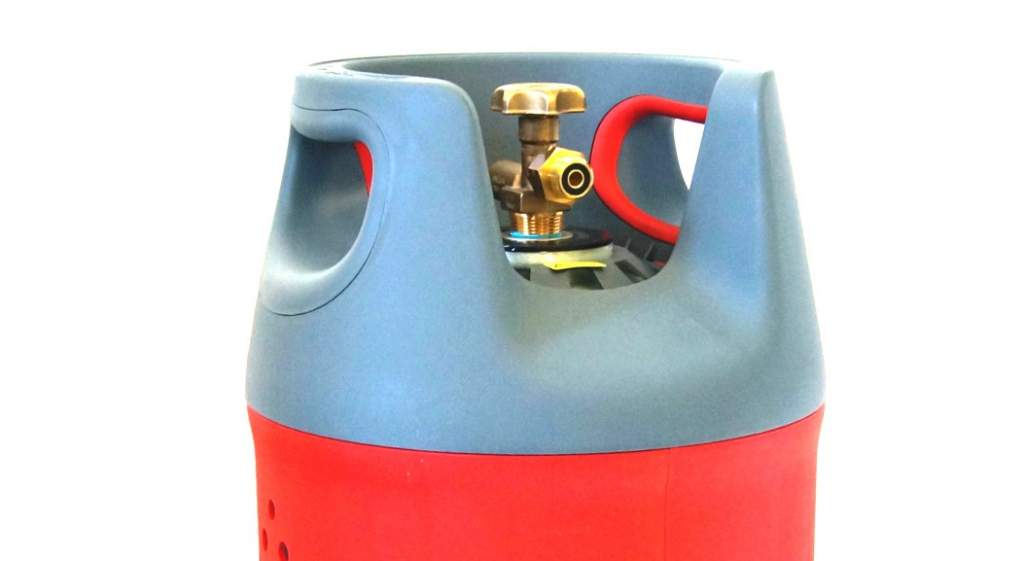
There are also gas tank cylinders that are homologated in accordance with ECE 67R01. These gas tank cylinders only have the shape of a gas cylinder but are legally a gas tank. ECE-R67 is a regulation of the United Nations and has been valid in Germany, among other countries, since 2001. The standard specifies the requirements for an LPG system that is to be installed in a vehicle, as well as for its equipment parts. In addition, strict parameters are defined in order to homologate components in accordance with ECE-R67. These parameters must be fulfilled and certified by an independent testing institute in order to obtain homologation.
ECE-R67 01 is recognised worldwide as the gold standard in terms of safety. Many countries outside the European Union have also adopted this standard in whole or in part. For example, the strict approval criteria apply in the USA, Australia, Japan and many other countries.
CE labelling is required for many products in order to place them on the market in the European Union. For many products, it is sufficient for the manufacturer to formally confirm that all relevant EU regulations are fulfilled. For certain product groups, it is necessary for an independent testing institute to confirm this. In contrast to ECE-R67, products with CE labelling cannot be placed on the market in third countries. For example, stricter requirements apply in the USA or Australia with UL certification. The new UKCA regulation also applies in the UK.
Some people claim out of ignorance that gas tank cylinders are prohibited or that a TÜV approval is required for gas tank cylinders.
The installation of a gas tank cylinder in a leisure vehicle is not regulated by law in Germany. There are merely various standards to which suppliers and manufacturers may refer.
DIN EN1949, for example, describes the specifications for the installation of LPG systems in habitable leisure vehicles and for residential purposes in other vehicles.
In principle, a DIN standard is not a law and its application does not constitute carte blanche, even in the event of damage. Only when a standard is included in a law or is part of private law contracts does it become binding. DIN standards are drawn up jointly by interest groups or companies in order to establish uniform standards. The best-known example is the DIN A-4 standard for paper sizes.
EN1949 defines the „Installation of liquefied petroleum gas tanks in road vehicles for the supply of liquefied petroleum gas appliances“ under point 13. Here, the standards committee has orientated itself almost exclusively on the standards laid down in ECE-R67 and refers directly to paragraphs of the ECE-R67 directive in many questions. In some points, however, EN 1949 remains imprecise.
For example, the fixed pipework between the gas tank and the gas pressure regulator.
Point 13.2 EN1949 describes the connection between the gas tank and the gas pressure regulator unit with „fixed pipework“ in the legend to the sketch. However, this requirement is not defined in the ECE-R67 directive, to which EN1949 previously referred. Fixed pipework for gas pipes has not been used since the beginning of the millennium. Instead of copper or steel pipes, which are not subject to a certification procedure and only have to fulfil certain requirements, rubber or thermoplastic pipes are used. These cables are tested in accordance with ECE-R67 and offer the advantage that they are more resistant to damage or rotation due to their flexibility. In addition, high-pressure gas hoses, for example, are already crimped and, unlike fixed pipework, do not have to be fixed in place with an unsafe cutting or compression fitting. In addition, these gas hoses from manufacturers such as GOK, Truma or Cavagna are equipped with a hose rupture safety device that interrupts the gas flow in the event of a leak.
Gas tank cylinders TÜV approval – current situation in Germany
To put it simply, gas tank cylinders certified in accordance with ECE-R67 are entered in the vehicle documents by means of a TÜV approval in accordance with § 21 StVZO.
In contrast, systems that are CE-approved, such as the aluminium gas tank cylinder, do not require TÜV approval. In this case, the manufacturer of the system confirms that, provided the installation is carried out as described in the installation instructions, it complies with German or European law.
Gas tank cylinders new regulation
Changes are currently emerging in various standardisation committees and in G 607 (gas testing) published by the DVFG (German Liquefied Petroleum Gas Association). The aim is to dispel the uncertainty that sometimes exists among consumers as to whether a gas tank cylinder is permitted in a motorhome.
EN 1949 was last amended in June 2022; no further amendments are currently known and the question of whether a gas tank cylinder is prohibited or whether aluminium gas tank cylinders must be approved by the TÜV has been clarified from the point of view of DIN e. V.
You can find more information in our article Gas tank cylinders – new regulation.
Gas tank cylinders – regulations in other European countries
In other European countries, as in Germany, there is no independent legal regulation for the installation of gas tank cylinders in motorhomes. The EN 1949 and ECE-R67 regulations are primarily used. In addition, there are some regulations or information sheets from various associations or interest groups.
Switzerland is the exception here. In co-operation with the LPG Safety Working Group, a comprehensive set of regulations has been adopted. In Switzerland, gas tank cylinders are approved in accordance with CE and ECE-R67, but must be installed by a trained and certified „gas tank installer“.
Are you looking for an installation company certified by the LPG Switzerland working group for the installation of an Alugas TRAVELMate or CAMPKO® gas tank cylinder in Switzerland?
Please contact us and we will put you in touch with a certified installation company.


